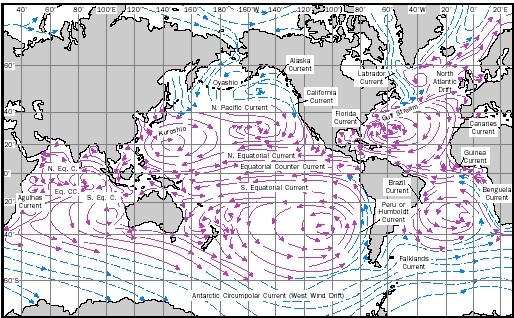http://blogs.nature.com/news/thegreatbe ... orced.html
A quick wrap-up of some developments from today and over the weekend:
TEPCO deliberately dumps more than 10,000 tonnes of radioactive water into sea. TEPCO, the operator of the Fukushima power plant has today begun deliberately discharging radioactive water into the sea. The company says it was forced to dump what it describes as low-level radioactive water (though I haven't seen any figures on radiation levels) in order to make room in storage tanks for highly radioactive water that is flooding the basement of the turbine buildings of reactor 2. It also intends to dump a further 1,500 tonnes of contaminated groundwater into the sea tonight. The surprise move comes after the company last weekend found a large crack that was allowing highly radioactive water to pour from flooded buildings in reactor 2 into the ocean. This seems to explain the very high and increasing radiation levels detected last week just off the coast from the plant. Efforts to seal the leak have been unsuccessful so far. I imagine this might explain why the company is taking drastic action to dump less radioactive water so that it can quickly pump out the more dangerous flood water. TEPCO, like BP during last year's Gulf oil spill, increasingly seems to be improvising as it goes along.
Japanese government says it may be months before fallout stops. That's what Yukio Edano, chief cabinet secretary told a news conference Sunday.
Debate continues over reactor damage US Energy Secretary Steven Chu estimates that 70% of the core of reactor 1 may be damaged. Meanwhile other nuclear engineers are studying the radionuclide composition of emissions from the plant, and key plant parameters to come up with their own assessments – see here and here. There have also been some reports of authorities planning to inject nitrogen into the reactors to avert hydrogen explosions. Meanwhile, the IAEA reported today that external power has been restored to the coolant systems of reactors 1 to 3
Food update From that same IAEA briefing today, here's the latest on food testing:
"Since our written briefing of 1st April 2011, significant data related to food contamination was reported on 1st April (33 samples), 2nd April (64 samples) and 3rd April (37 samples) by the Japanese Ministry of Health, Labour and Welfare. These reported analytical results covered a total of 134 samples taken on 15 March (2 samples), 29-31 March (77 samples) and 1st - 2nd April (55 samples). Analytical results for 133 of the 134 samples for various vegetables, spinach and other leafy vegetables, mushrooms, fruit (strawberry), various meats (beef and pork), seafood and unprocessed raw milk in twelve prefectures (Chiba, Fukushima, Gunma, Ibaraki, Kanagawa, Kyoto, Niigata, Saitama, Shizuoka, Tchigi, Tochigi, and Tokyo), indicated that iodine-131, caesium-134 and/or caesium-137 were either not detected or were below the regulation values set by the Japanese authorities. One sample of shiitake mushrooms taken on 1st April in Fukushima prefecture was above the regulation values set by the Japanese authorities for both iodine-131 and caesium-134/caesium-137."
Mushrooms are a new addition to the list of contaminated edibles. Scientists I've spoken to can't emphasize enough that food and drinks are by far the largest radiation threat to human health, much more than the low levels of environmental radiation, which most reckon poses no health risk outside of the 20km evacuation zone around the plant."
For full coverage of the Fukushima disaster, go to Nature's news special.

